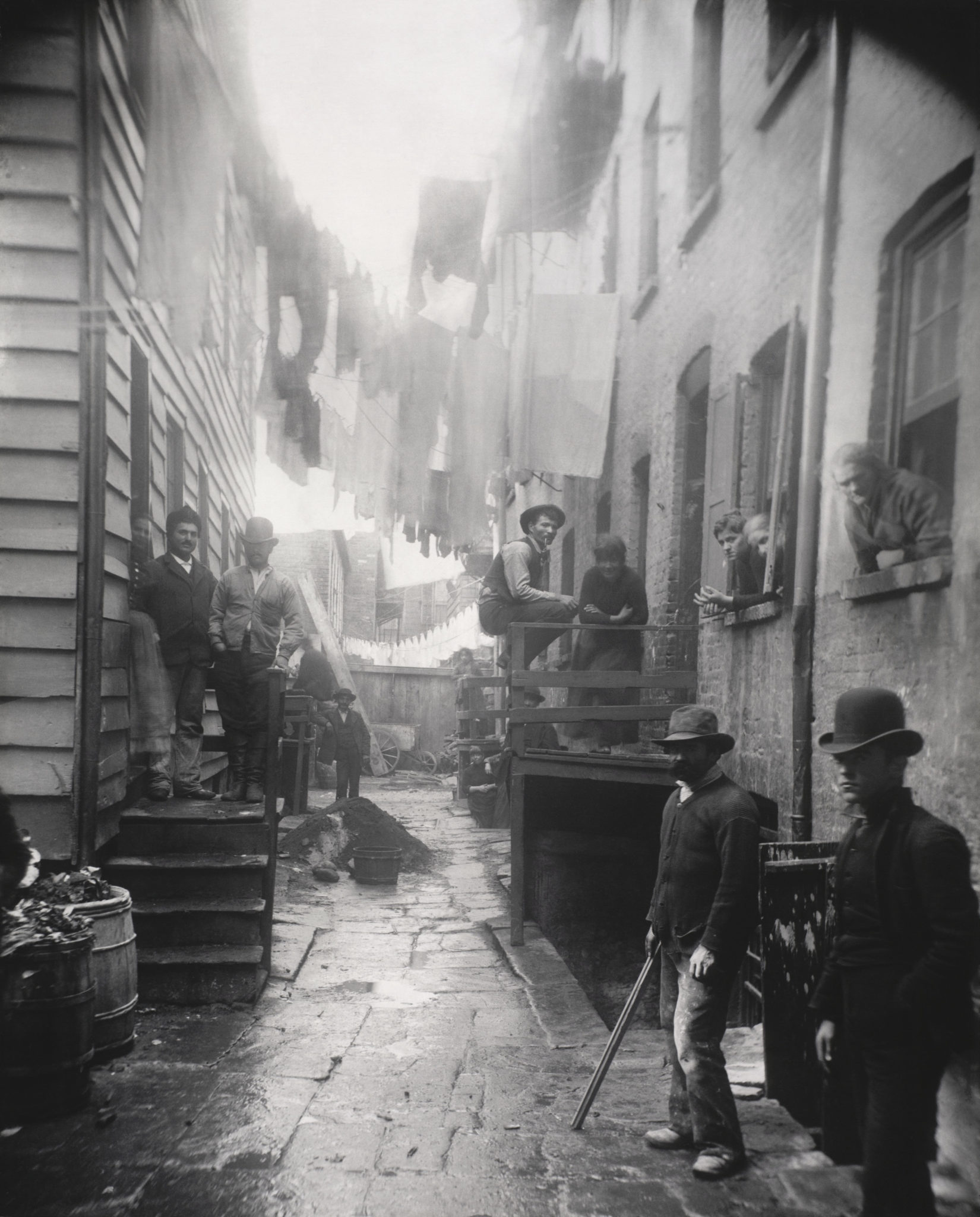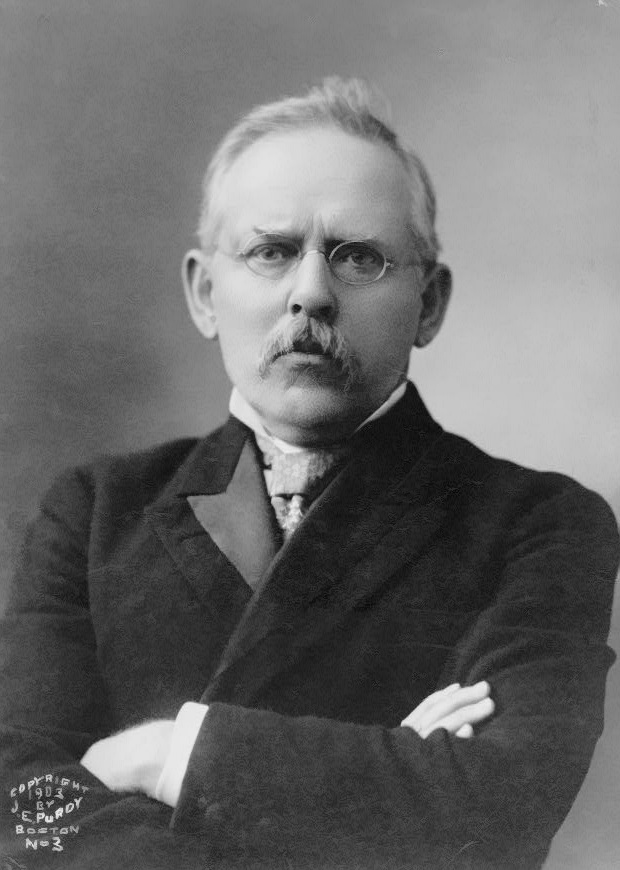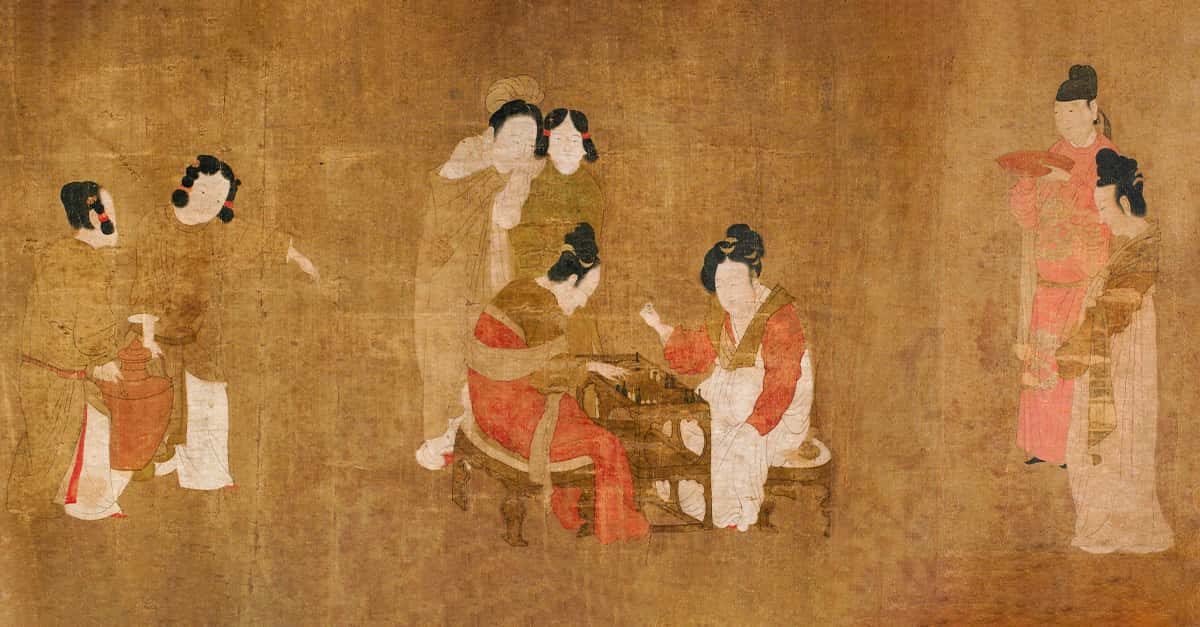Population Boom
The 1880s saw over 5.2 million immigrants come through New York City. In just a few years, the city's population ballooned by 25%, and there wasn't proper infrastructure to handle all these people.
It didn't help matters that, while earlier immigrants to America had been mostly English-speaking protestants, these so-called "new" immigrants came from Eastern Europe and Asia. They didn't slot into American culture quite so seamlessly.
A Tinder Box
Most of them ended up in squalid tenement buildings in the city's slums—out of sight, out of mind for the WASPs who didn't want to think about their new foreign neighbors. But while the upper crust enjoyed the industrial boom that followed the Civil War, conditions in the overstuffed tenements grew worse with each passing year.
Residential buildings in New York slums like Five Points were built for one purpose: To cram as many poor people inside them as possible. Greedy landlords didn't care about things like fire safety, ventilation, and lighting, and the immigrants with nowhere else to go had little recourse. Even when the city tried to improve conditions in the tenements, many landlords simply ignored the new regulations and faced no consequences.
Into The Underworld
As the tenement situation grew worse and worse, most of New York's elites did their best to ignore the horrific living conditions of the poor in their city, but not everyone. One person who didn't was Danish-born journalist Jacob Riis.
In his spare time, Riis dabbled in photography, sometimes using his camera to help him with his job as a police reporter. Then he gained access to magnesium flash powder, which would let him take photos in the dark for the first time—and that gave him an idea.
With a detective camera and flash powder in hand, Riis ventured where men like him rarely dared to go: deep into the lightless, unventilated chambers of New York's tenements and sweatshops.
How The Other Half Lives
Eventually, Riis released How The Other Half Lives, a landmark work in the history of photojournalism. The book finally forced New Yorkers to reckon with the atrocious living conditions in the slums. Soon, the city created the Tenement House Committee and passed the 1895 New York Tenement House Act, which enforced more stringent fire safety regulations and required buildings to have proper lighting and ventilation.
Jacob Riis and How The Other Half Lives inspired future "muckrakers"—reform-minded journalists who sought to expose corruption in modern society. However, let's not start thinking Jacob Riis was a saint.

Sign up to our newsletter.
History’s most fascinating stories and darkest secrets, delivered to your inbox daily. Making distraction rewarding since 2017.
Right Idea, Wrong Message
While Riis believed that the horrible living conditions in the slums were the root cause of their high crime rates and rampant alcoholism, he nonetheless describes his subjects with a plethora of derogatory slurs and believed in a "racial hierarchy" among the poor. Not good.
But while Riis's words might not hold up, luckily, a picture's worth a thousand words. How The Other Half Lives did force New Yorkers to think about the lower-class people who lived among them—and the gaze of Riis's subjects undoubtedly said more than his narration ever could.
Sources: 1











